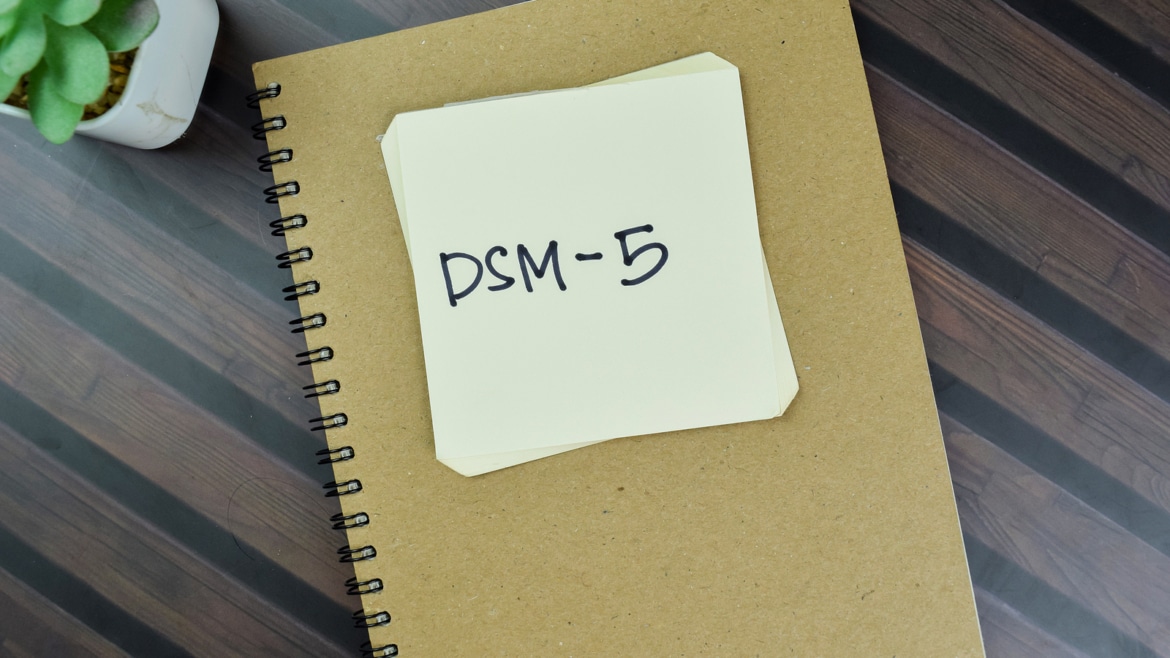For those not in the medical field, the Diagnostic and Statistical Manual of Mental Disorders, 5th Edition (DSM-5), is currently the gold standard for diagnosing mental health disorders. In other words, if you want to know if you have a mental disorder, the DSM-5 is where you go to find out.
Published by the APA (American Psychiatric Association), it contains a comprehensive list of all mental disorders recognized by the APA. Each disorder includes a set of criteria that must be met for a person to be diagnosed with that disorder.
In March 2022, the APA released the latest version of the DSM (the DSM-5), which included major changes from the previous versions (the DSM-IV). One of the most significant changes was autism spectrum disorder (ASD) diagnosis.
The new ASD diagnostic criteria are now included in the DSM-5. The changes to the ASD diagnosis were based on a review of the latest scientific evidence, which showed a need to revamp how ASD was diagnosed. The new ASD diagnostic criteria are much more specific than the previous ones and are divided into two main categories: social communication deficits and restrictive/repetitive behaviors. Here’s a closer look at the new ASD diagnostic criteria 299.00 (F84.0) :
A . Persistent deficits in social communication and social interaction across multiple contexts, as manifested by the following, currently or by history (examples are illustrative, not exhaustive; see text):
- Difficulty in the interchange of social-emotional reactions (for example, difficulty sharing emotions with others). In other words, A child with ASD may have trouble understanding how someone else is feeling and responding appropriately.
- Difficulty with nonverbal communicative behaviors used for social interaction (for example, eye-to-eye gaze, facial expressions, body postures, and gestures). A child with ASD may avoid eye contact, have difficulty understanding facial expressions or body language, and communicate without gestures.
- Deficits in developing, maintaining, and understanding relationships (for example, difficulties making friends or acting appropriately with peers). A child with ASD may have trouble initiating and maintaining friendships or seem aloof and uninterested in others.
Specify Severity. In other words, how severe is the condition as regards social communication and restrictive behavior?
Mild (needs support): The individual has social communication deficits that result in noticeable impairments, but they do not prevent the individual from achieving their goals. Repetitive/restrictive behaviors and interests are present but do not significantly interfere with daily life and activities.
Moderate (needs substantial support): The individual has social communication deficits that result in more than minimal impairments and prevent the individual from achieving some of their goals. Repetitive/restrictive behaviors and interests also cause significant interference with daily life and activities.
Severe (needs very substantial support): The individual has social communication deficits that result in extreme impairments and prevent the individual from achieving any of their goals. Repetitive/restrictive behaviors and interests are also present and cause complete interference with daily life and activities.
This is a quick overview of the new ASD diagnostic criteria. If you think your child may have ASD, it’s important to talk to a qualified professional who can give you a complete evaluation.




